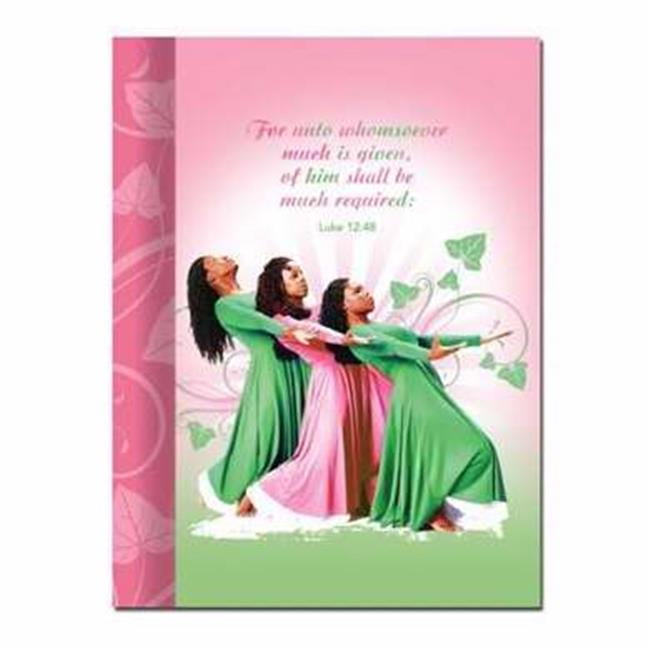

But in many cultures in Asia, white is a colour for funerals, and red is a symbol of good luck. In those same countries, black is worn at funerals, and wearing red can be associated with not having good morals. Not all colour associations are common to all cultures: for instance, after Queen Victoria wore a white wedding dress in the early 19th century, white became associated with bridal purity (=moral goodness) in many English-speaking countries. When colours in idioms refer to actual coloursįrom the earliest recorded literature, humans have associated colours with ideas. You may want to look back at the Black sheep and white lies post because we will mention some of the idioms from that post here. Because we take very seriously our responsibility to help people use English accurately and effectively, we think it’s important to say more about this topic.
Black expressions update#
And we update the website frequently, so as the language changes, we also change the advice we give about using it.”Īfter that response, some people asked questions about other idioms that may be racist.

We don’t provide word origins on our website, but any words or phrases that are offensive have the label offensive. It’s also true that the words black and white can simply be used as names for colours, and they are widely used that way in many idioms. We replied, “Your instinct to examine the language is a good one, since there are so many words and phrases that have been used in the past which we now see are offensive. One of our readers commented on the second post: she wondered whether any of the expressions to do with the colours black and white were racist in origin. Recently, we’ve posted two about idioms that use names for colours – the first one was Seeing red and green with envy, followed by Black sheep and white lies. This exhibition will be available for viewing during open Union hours.Our blog posts about idioms are some of the most popular ones for our readers. Judson and Ellen Mackechnie Judson Student Award in the Creative Arts.īlack Expressions: 50 Years of Black Student Artists at UW-Madisonis on display at the Memorial Union’s 1925 Gallery from Apthrough May 13, 2022. Jerry Butler, Roger Allan Cleaves, Tanya Crane, Alex Jackson, Jay Katelansky, Anwar Floyd-Pruitt, Shiloah Coley, Taj Matumbi and Sophia Abrams.īlack Expressions: 50 Years of Black Student Artists at the University of Wisconsin-Madison is organized and curated by Sophia Abrams, with support from University Archives, WUD Art and the UW–Madison Division of the Arts’ Lyman S.V. Black Expressions: 50 Years of Black Student Artists at the University of Wisconsin-Madison features the work of Professor Freida High Wasikhongo Tesfagiorgis, Dr. After interviewing 17 Black student artists who attended UW-Madison, Abrams spent the 2021-2022 school year translating her oral history interviews into exhibitions and documentaries. Student Historian and curator Sophia Abrams interviewed the selected artists for her University Archives Oral History Project on Black artists in 2021. The show robustly demonstrates the depth of Black art and analyzes what time and space mean to Black artists who attended the University of Wisconsin-Madison.

Black Expressions: 50 Years of Black Student Artists at the University of Wisconsin-Madison pays homage to Professor High’s 1973 show Black Expressions. These works capture a 20th and 21st-century interpretation of what it means to be a Black artist from 1969 to present-day. UW Archives Student Historian Sophia Abrams highlights the exhibitions she curated on Black Arts for spring 2022.īlack Expressions: 50 Years of Black Student Artists at the University of Wisconsin-Madison surveys the work of Black student artists who attended the University of Wisconsin-Madison.


 0 kommentar(er)
0 kommentar(er)
